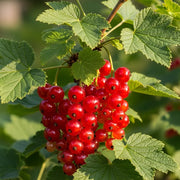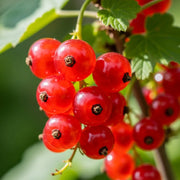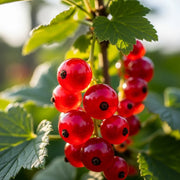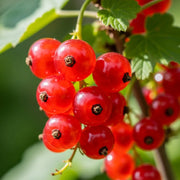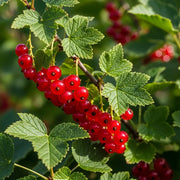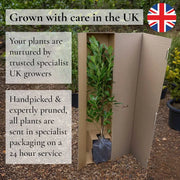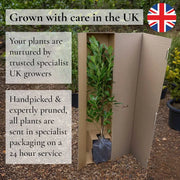Cultivate your own delicious harvest with our exceptional range of redcurrant bushes, perfect for British gardens. These versatile fruit plants offer a bounty of vibrant, tart berries, ideal for jams, jellies, desserts, or simply enjoying fresh. Explore our collection of...
Cultivate your own delicious harvest with our exceptional range of redcurrant bushes, perfect for British gardens. These versatile fruit plants offer a bounty of vibrant, tart berries, ideal for jams, jellies, desserts, or simply enjoying fresh. Explore our collection of robust redcurrant varieties and find the perfect addition to your edible garden.

